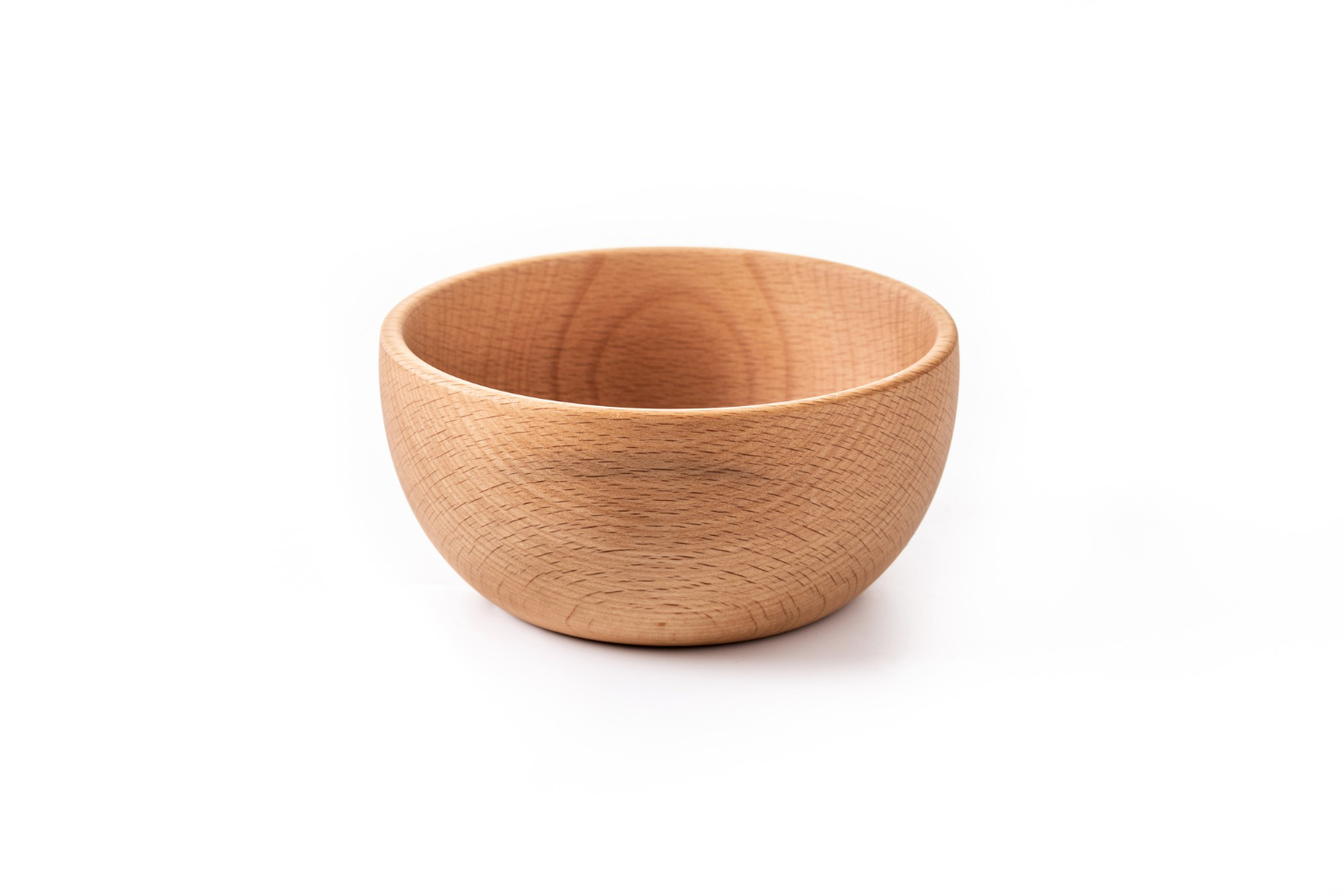What is the difference between physical therapy and occupational therapy?

When you’re looking for a way to improve your physical capabilities, you may wonder, “What is the difference between physical therapy and occupational therapy?” These two therapies have similar goals – helping people live independent lives again. Physical therapists work on restoring someone’s lower body strength. However, they serve different purposes and work in different environments. Read on to learn more about each.
Occupational therapists improve someone’s ability to perform activities of daily living
Occupational therapists address cognitive, physical, and psychological aspects of the impairment. For example, a stroke will change how a person walks, thinks, and feels, and it can even change how they recognize their family members or their ability to drive, work, or live alone. An occupational therapist will be able to tailor a treatment plan for each person
.
Activities of daily living include basic self-care activities such as getting dressed and bathing. However, those with physical disabilities may have difficulty with such activities as reading and writing. An occupational therapist may suggest using adaptive equipment to help individuals with their daily activities. If necessary, an occupational therapist will also teach the person how to use adaptive equipment correctly. For people with cognitive or physical disabilities, occupational therapists can help them develop more complex skills like handling money.
Occupational therapists also specialize in home modifications to work in the environment of the patient’s home. Depending on the severity of the disability, occupational therapists may recommend ramps, grab bars, and other adaptive equipment.
Physical therapists focus on restoring a person’s lower body strength
A physical therapist specializes in the rehabilitation of lower body strength and balance. They can also help individuals manage pain.
A physical therapist focuses on restoring a person’s lower body strength and movement. Their treatments may include rehabilitation exercises, education, and prevention techniques. These professionals are trained to assess movement patterns, improve posture, and develop new movement patterns. Ultimately, physical therapy aims to help patients move better, strengthen their muscles, and outgrow their need for therapy.
In addition to their work in the physical health field, therapists can specialize in neurological conditions.
A physical therapist will teach individual exercises designed to strengthen and retrain the lower body. They will also address muscle weakness in the trunk and lower body during this time. Developing a person’s overall muscle strength improves balance and posture. A physical therapist may use exercise bands or other equipment to relieve stress on joints. The therapist will then choose specific activities for the patient to improve their range of motion and restore their strength.
They complement each other
Physical therapy and occupational therapies focus on improving the body’s functional capabilities and addressing impairments. They help patients with a range of conditions improve mobility, increase function, and decrease pain. Both therapists use various techniques to treat a patient’s physical condition, and the focus of treatment may differ from patient to patient. Physical therapy may focus on physical rehabilitation, while occupational therapy focuses on improving the ability to do day-to-day tasks.
As a result, physical therapists work to improve their patients’ balance, coordination, and flexibility. Occupational therapists complement physical therapy by helping patients use adapted tools, reach for objects, and perform everyday tasks. The two types of therapy are often used in conjunction with each other, and each can address different aspects of impairment.
They work in different environments
The two disciplines share a common goal of rehabilitating movement and maximizing cognitive and neurological abilities, and they also work in different environments. Physical therapists can prescribe assistive devices and give patients information about daily living activities. On the other hand, occupational therapists help patients maximize participation in everyday activities such as dressing, feeding, navigating the grocery store, driving, and engaging in hobbies. In addition to rehabilitating movement, both fields address personal health concerns.
Occupational therapists help patients regain everyday activities. Their main aim is to address specific deficits and increase independence. Occupational therapists may recommend adaptive equipment to help patients perform tasks such as getting dressed, eating, or cleaning. They may also help clients navigate their workplaces. By providing guidance and support, occupational therapists can ensure that their clients can participate in a job they enjoy. Check this link to learn more about this!
The primary difference between physical and occupational therapy is their environment. Occupational therapists focus on activities of daily living and mental health. They help patients get back to meaningful activities by using special equipment. Occupational therapists educate patients on ways to avoid injury and improve their quality of life. While both professions are essential, they do work in different environments.





